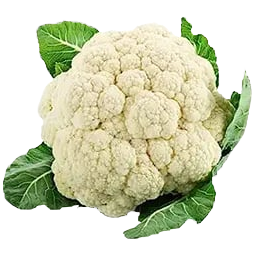So I played with all kinds of settings in PrusaSlicer. Nothing changed anything.
The only things that did improve the outcome some was:
-
Forcing the letters to be printed first: then the letters are smooshed and bleed into the background instead of the other way round, which arguably looks better / more legible. Nothing to write home about though.
-
Dropping the first layer’s height to 0.1mm (the other layers are 0.2mm high): that improves the letters a bit.
-
Dropping the first layer’s height to 0.05mm: because the first layer is so thin, it becomes kind of translucent and the wider white letter beneath it sort of show through. The net result is that it drops a kind of gaussian blur onto the lettering, which actually improves them - especially at a distance.
Other than that, there’s just nothing for it. And half of the suggestions I got concern other slicers, and I couldn’t find them or equivalents in PrusaSlicer. Oh well…
I guess that’s as good as it’s gonna get.


Yeah I’m aware of the resizable Draft clones. But in my case, it’s not helpful: in the case of the letter R for example, if I shrink it, the outside of the letter creates a gap but the inside of the letter invades the shell’s material. What’s needed here is moving surfaces inward - meaning outward vertical features move inward and inward vertical features move outward (and horizontal surfaces stay put) which is quite different from wholesale resizing.
I thought that’s what you meant. This is WAY too labor-intensive for my purpose: I print those tabs in batches of 256. I can’t imagine printing 256 tiny lettering inserts and manually placing them iin all 256 shells when the print pauses. That’s crazy!
Is this what Prusa does for their parts? They must be using slave labor or something. Then again, at the price their sell their wares, they can take a few minutes to manually insert parts into their prints…
Face up looks very nice, even without ironing. The issue is, the shells have very thin (one line width) walls, and those would need support. That means carefully removing 256 supports for each batch of tabs, trying not to break the walls. Crazy amount of work. Not to mention, the wall’s height needs to be quite precise, and supports usually screws up with vertical dimensions bad, at least for the kind of precision I need here.
The real issue is, this is the company’s printer. It’s used for printing jigs and things. I’m really trying to avoid changing how it’s usually setup because I don’t want my colleagues and I to change the nozzles several times a day. Also, my boss thinks the markings as I print them now are good enough - which is true enough - so I can’t justify the expense of a smaller nozzle.
In short, I try to make the best of what the printer offers without modifying anything significant.
Yeah, then 2 parts and a gap is best. If you are not using Mesh WB, do so and manually mesh stuff. The default export mesh resolution is quite course by comparison.